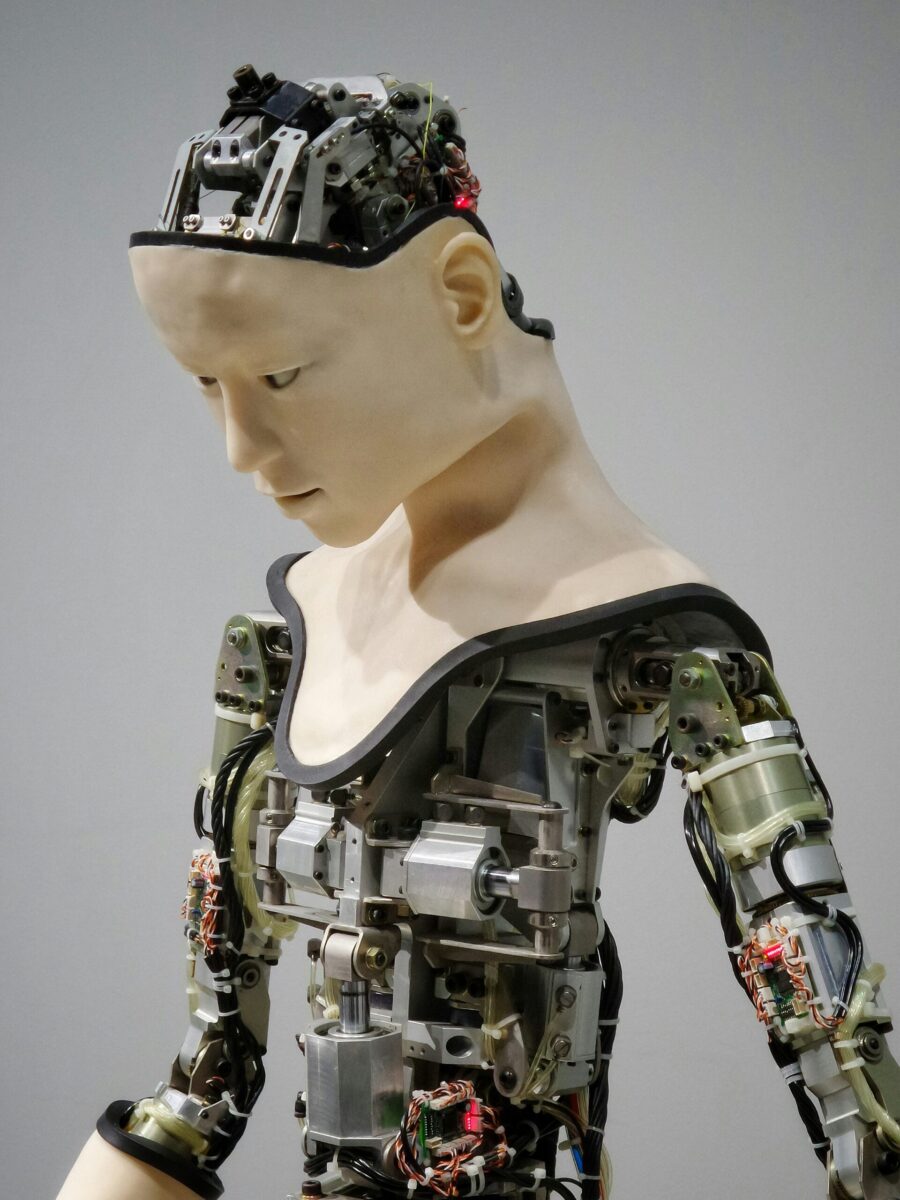Neural machine translation (NMT) is a tool that a translator can use to speed up the translation process, but like any tool, it is simply a device that is used by a human to carry out a particular function. Also called machine translation for short, NMT can predict the likelihood of a set of words in a sequence with a certain level of accuracy. However, a machine can never produce a standalone translation: it must always be verified by a human, and often reworked entirely. Let’s break down why.
Neural machine translation: What is it, exactly?
Neural machine translation uses deep neural networks to translate text from one language to another. NMT leverages deep learning to build a neural network that directly learns to translate by processing massive amounts of bilingual texts. Google Translate is the most well-known system that leverages NMT. Like other large-scale NMT systems, it continuously improves by retraining its network with fresh data, which helps the model adapt to evolving language trends and new words or phrases.
Benefits of NMT
The most obvious benefit of NMT is that it can handle a wide range of language pairs with reasonable fluency and accuracy, which helps to bridge language gaps in real time and foster global interactions. Real-time applications like chatbots, virtual assistants, and global communications platforms also leverage NMT, and non-bilinguals can use NMT to do a first pass of a text to get its general gist.
Translators also use software applications known as “computer-assisted translation” (CAT) tools that integrate with NMT systems. CAT tools speed up our work by putting the original text next to the translation, which we type line by line or paragraph by paragraph as we go along. This helps us ensure that every element is translated, in addition to helping us ensure consistency. When integrated with NMT, our productivity increases to differing degrees, depending on the complexity of the subject.
Drawbacks of NMT
While AI is great for generating ideas, its translation style “has no style.” Despite all of the benefits of NMT, there is still a human working behind the scenes for every good translation. In a nutshell: a good translation is always produced by a real live human being. Machine translation will never replace humans fully. It is simply a tool that a translator can use to speed up the translation process. However, you must have complete mastery of the target language and be fluent in the source language in order to make the best use of it. This means that beginning translators usually don’t have the high-level language skills needed to produce an excellent translation.
Since NMT most often translates word for word, it is also unable to take context into account. This means that idioms are often translated incorrectly since they require more than a simple substitution of words. The same goes for rare words or technical terms, which require a deep understanding of the context and subject of the text. NMT is, furthermore, inconsistent for specialized jargon. If the same word reappears throughout the text, a machine will not necessarily translate it the same way. It all depends on the way phrases are stored in the neural network based on previous translations, which means it is unable to capture nuanced meanings that require contextual understanding.
The vital importance of a human touch
But where, exactly, does a human translator come in? For one thing, when a client allows it, a good translator will often change sentences around so that the text follows conventions in the target language. A translation that has been rearranged―but which communicates all of the same information while still reading well and hitting the same tone as in the original text―could never be the product of a machine. This is the clearest evidence of a human translator behind the translation.
In advertising in particular, the literary devices aren’t the same when you must adapt a text from one language to another. In English, for example, doublets (such as “the best and brightest”), alliteration (the occurrence of the same letter or sound at the beginning of adjacent or closely connected words, such as “sweet birds sang”), and repetition for emphasis are just a few examples where word-for-word translations will not do the job. Even lists must be adapted in English, where the shortest word must come first, and the longest element in the list comes last.
In short, jobs needing creativity or human skills will still require people, because a translation that rings true and is the most pleasing to the ear could only ever be produced by a human. Machines are robots, and that is exactly how a translation produced by NMT will sound. A well-written translation will follow the conventions of the target language, shortening sentences in some cases and lengthening them in others, if not completely rearranging them. Only a human can also translate idioms and certain words or expressions that require nuance and context. These are the hallmarks of a good translation that a machine could simply never replicate.





